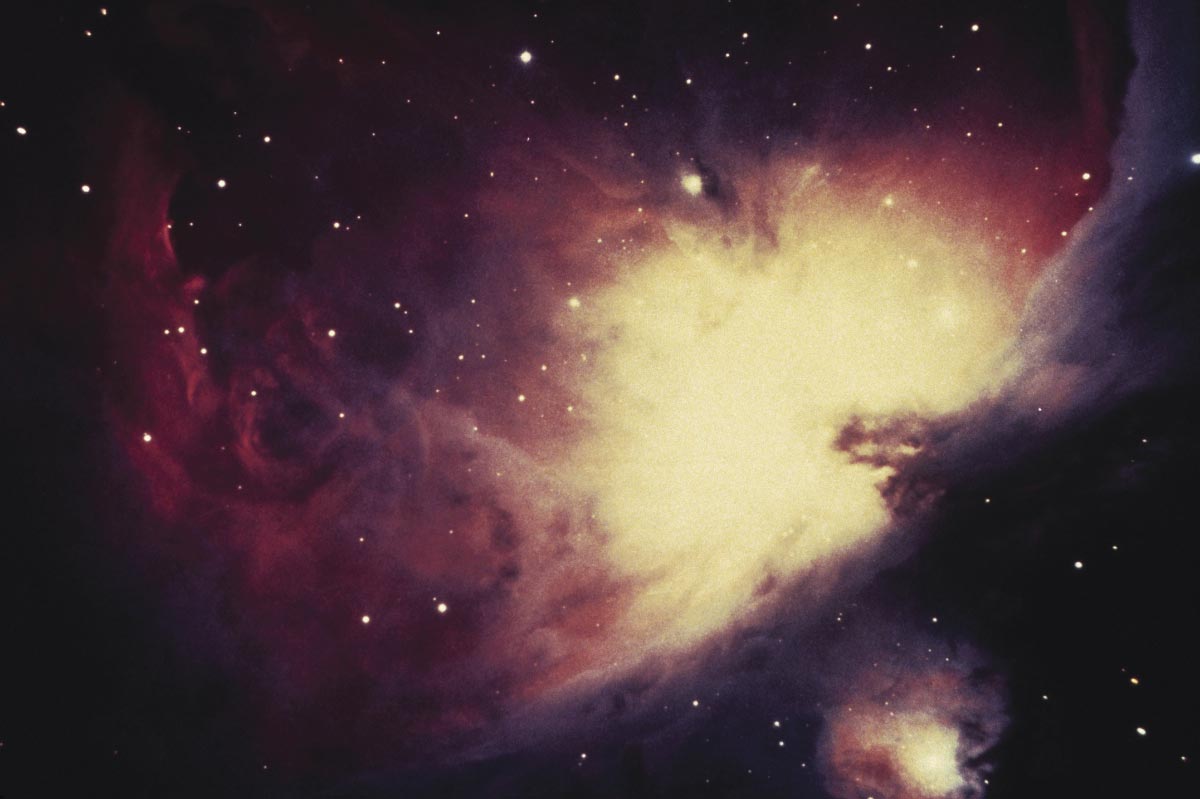
Advertisement
Dark energy is not so dark anymore…or existent. A new study published in the Monthly Notices of the Royal Astronomical Society asserts that the enigmatic dark energy doesn’t really exist. For the last two decades, it was believed that 68% of the universe was made from dark energy (in contrast, dark matter makes up 27% of the universe, while “ordinary” matter only accounts for 5%). This dark energy explained that little something-something that described the motion of stars within galaxies, including the acceleration rate in which the universe expanded. And yes, that phrase was used intentionally: the fact is, astronomers had no real clue what they were seeing or how it influenced the universe.
According to conventional theories of astrophysics, the universe was formed by the Big Bang almost 14 billion years ago. It has been expanding ever since. This is based on Hubble’s law, which states that on average, the speed in which a galaxy moves away from us is proportional to its distance. The velocity of this recession can be seen by looking at lines in the spectrum of a galaxy, which shift to red the faster the galaxy is moving away. It is this mathematical model that proved that the universe is expanding and that it began life as a small point. Still, scientists were never able to explain the force that drove the acceleration.
Observations of the explosions of white dwarf stars in binary systems, called Type Ia supernovae in the 1990s, “confirmed” to scientists that there was a third previously-unknown component to the universe. Astronomers named this component dark energy.

This new study questions these assumptions. Lead author, Ph.D. student Gábor Rácz of Eötvös Loránd University in Hungary, says that relying on the conventional models of cosmology ignores the uniform density of matter itself. This is because scientists rely too much on approximations rather than seeing other possibilities.
Co-author of the study, Dr. László Dobos explains in an article published in ScienceDaily.com, “Einstein’s equations of general relativity that describe the expansion of the universe are so complex mathematically that for a hundred years no solutions accounting for the effect of cosmic structures have been found. We know from very precise supernova observations that the universe is accelerating, but at the same time we rely on coarse approximations to Einstein’s equations which may introduce serious side-effects, such as the need for dark energy, in the models designed to fit the observational data.”
The darkness of illusion
Is the universe’s acceleration just driven by mere variations or inhomogeneities? If the researchers are to be believed, this could explain one of the biggest mysteries in physics with nothing more than the old-familiar general theory of relativity explained by Albert Einstein years ago. Naturally, some researchers remain skeptical. Tom Giblin, a Computational Cosmologist at Kenyon College in Gambier, Ohio said in an article in ScienceMag.com, “I would love if inhomogeneities explained dark energy…[but] I don’t see any evidence from our simulations to expect it to be as big an effect as they see here.”
The issue at hand is that the new study questions computational models that have been used for 20 years. Simply speaking, cosmologists relied on two equations to describe how the universe evolved. One defines how matter coalesces into galaxies, while the other (known as the Friedmann–Lemaître–Robertson–Walker (FLRW) metric) is based on Einstein’s theory of gravity and hopes to explain how much the universe has expanded at any given time. Dark energy models relied on FLRW to explain its function. Needless to say, astronomers have had varying results. This, the new research says, is because FLRW equations apply only to a smooth and homogeneous universe. This is already questionable, considering that general relativity says that mass and energy warp space-time. Thus, in principle, inhomogeneities are more likely to affect the universe’s expansion rather than calculated simulations.
The new study’s computational model on inhomogeneities suggest that studying these vectors are more relevant to understanding the universe than previous research. Still, experts argue for more data. “Mainstream cosmology has done such a bad job of solving the dark energy problem that it will likely be some nonmainstream idea like this that does,” says Giblin. However, he adds, “I don’t know if this is the one.”
Learn more about the universe and space technology by reading the articles at Space.news.
Sources include:
This article may contain statements that reflect the opinion of the author
Advertisement
Advertisements















